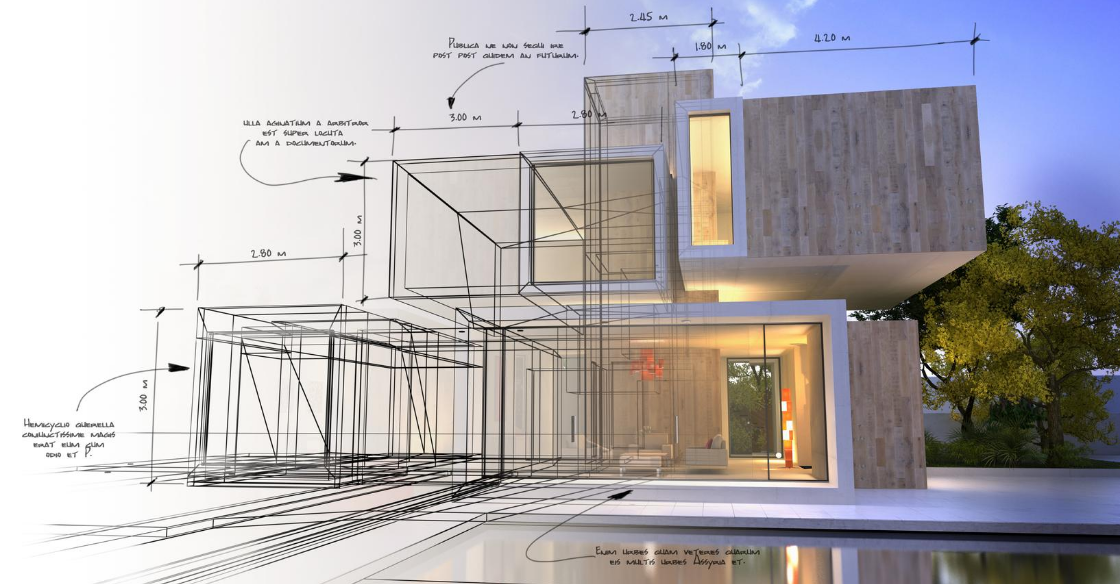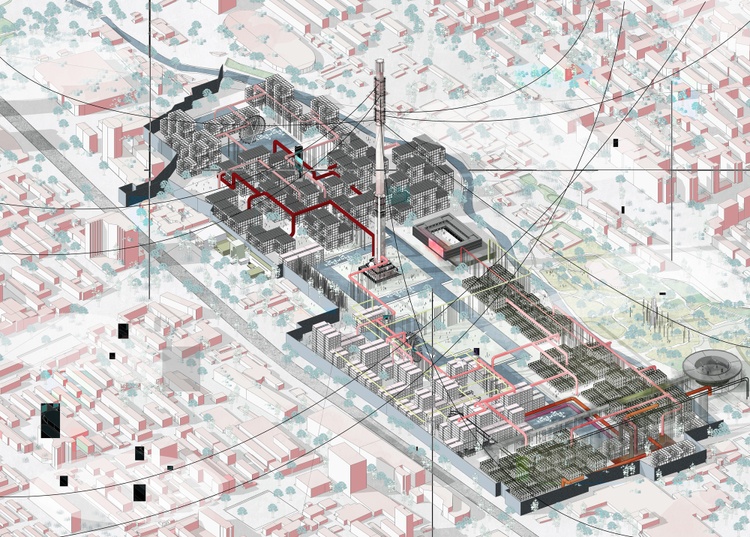Check Out Acclaimed Jobs by Distinguished CDA Architects
Check Out Acclaimed Jobs by Distinguished CDA Architects
Blog Article
An Extensive Overview of Architectural Styles and Their Influence on Modern City Planning and Advancement
Architectural designs have long acted as a mirror to the social values and technical innovations of their time, playing an essential duty in forming modern-day city preparation and growth. From the magnificence of Neoclassicism to the practical technique of Brutalism, each design has actually introduced special ideas that influence urban looks and capability. As modern difficulties develop, including sustainability and community needs, recognizing these historic structures ends up being vital. The resulting dialogue not only informs future design methods but additionally elevates essential concerns regarding the balance between heritage and technology in our evolving city landscapes.
Historic Overview of Building Styles

As cultures transitioned with the Middle Ages, Gothic style arised, defined by its verticality and elaborate detailing, matching the spiritual ambitions of the era. The Renaissance noted a resurgence of classical ideals, merging art and architecture in innovative manner ins which affected subsequent designs throughout Europe.

Today, building styles proceed to progress, driven by globalization and sustainability concerns, showing a vibrant interplay between heritage and technology. This historical summary emphasizes the significance of design as a mirror of social advancement and as a catalyst for metropolitan growth.
Trick Architectural Styles Explained
The diversity of architectural styles shows the myriad impacts that form our developed setting, each embodying distinct attributes and social values. Trick architectural styles include Classical, Gothic, Baroque, Modernism, and Postmodernism, each representing special historic contexts and visual ideologies.
Timeless style, rooted in old Greece and Rome, stresses symmetry, percentage, and making use of columns (cda architects). On the other hand, Gothic architecture, flourishing between Ages, is characterized by pointed arches, ribbed vaults, and flying buttresses, developing an angelic top quality in cathedrals. Baroque style, arising in the 17th century, is noted by magnificence, sophisticated decoration, and a dynamic interplay of light and shadow
Modernism, which gained energy in the very early 20th century, focuses on function over form, utilizing brand-new products like steel and glass to produce minimalist structures. Postmodernism, responding versus the austerity of Modernism, embraces eclecticism and historical referral, often including spirited aspects and irony.

Influence on Urban Preparation
In forming the growth of cities, building styles considerably influence urban preparation choices. The choice of building style commonly dictates the aesthetic appeals, functionality, and general character of city environments. Innovation, with its focus on minimalism and functionality, motivates open areas and the assimilation of technology, shaping city layouts that prioritize performance and ease of access. On the other hand, traditional styles may stress historical preservation, causing city layouts that maintain cultural heritage and promote pedestrian-friendly atmospheres.
Additionally, architectural styles can impact zoning policies and land use policies. Urban planners should consider the prevailing architectural fads when making areas, making certain that brand-new growths balance with existing structures. This consideration promotes cohesive urban landscapes and enhances neighborhood identification.
The execution of certain architectural styles can also influence socioeconomic aspects within a city. High-end modern styles might attract wealthy citizens and companies, leading to gentrification, while more budget friendly real estate solutions could prioritize useful and sustainable designs to accommodate varied populaces. cda architects. Eventually, the interaction between architectural styles and city planning develops dynamic cities that mirror both historical context and contemporary demands, shaping the lived experiences of their inhabitants
Sustainability and Modern Design
Building styles play a critical duty in attending to modern difficulties, specifically in the realm of sustainability. As urban locations increase and environmental problems heighten, modern-day architecture progressively welcomes sustainable style concepts that prioritize energy performance, resource conservation, and very little eco-friendly impact.
Contemporary building activities, such as biophilic design and eco-friendly design, supporter for structures that balance with their environments, making use of all-natural materials and promoting biodiversity. These styles usually include renewable resource resources, such as solar panels and wind turbines, to decrease reliance on nonrenewable fuel sources and lower carbon footprints.
Furthermore, the combination go to this website of sophisticated technologies, such as wise structure systems, boosts power monitoring, maximizing source use while making certain occupant comfort. Innovative water management techniques, including rainwater harvesting and greywater recycling, additional add to lasting city settings.
Notably, sustainability extends past ecological problems; it incorporates social and financial measurements. By promoting community well-being and promoting inclusivity, modern-day building designs align with lasting growth objectives. As a result, the development of architectural techniques remains to shape resilient cities that not just fulfill the requirements of today yet likewise secure the future for generations to come.
Area Interaction in Design
Area interaction in design functions as a crucial bridge in between designers and the populations they serve, ensuring that the built setting reflects the demands and aspirations of its individuals. This collaborative procedure invites area members to contribute their understandings and preferences, cultivating a sense of possession and responsibility toward the rooms they occupy.
Reliable neighborhood involvement employs various techniques, such as workshops, studies, and public online forums, to collect diverse viewpoints. These strategies help with a two-way discussion, allowing designers to recognize local contexts while equipping homeowners to voice their worries and needs. This inclusivity not only improves the design top quality but likewise advertises social equity by dealing with the one-of-a-kind challenges dealt with by marginalized teams.
Moreover, neighborhood involvement can result in innovative options that could not arise in a conventional style procedure. click for info By incorporating neighborhood knowledge and cultural values, designers can create rooms that reverberate even more deeply with users, enhancing functionality and sustainability. Inevitably, prioritizing neighborhood involvement in layout procedures causes environments that support social interactions, support well-being, and strengthen community ties, thus playing a pivotal role in shaping modern urban landscapes.
Conclusion
Architectural styles have profoundly influenced modern-day city preparation and growth, mirroring advancing social and technical contexts. The combination of historic appearances with contemporary demands fosters urban environments that focus on sustainability and neighborhood interaction. As cities continue to grow and adapt, the recurring discussion in between architectural heritage and modern layout concepts will stay important in creating my explanation inclusive, lively areas that enhance lifestyle and advertise social equity. The future of metropolitan advancement depend upon this unified equilibrium.
Report this page